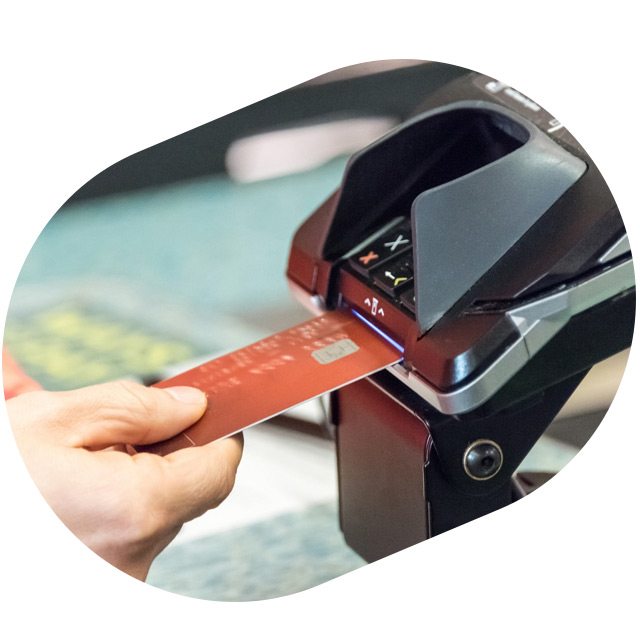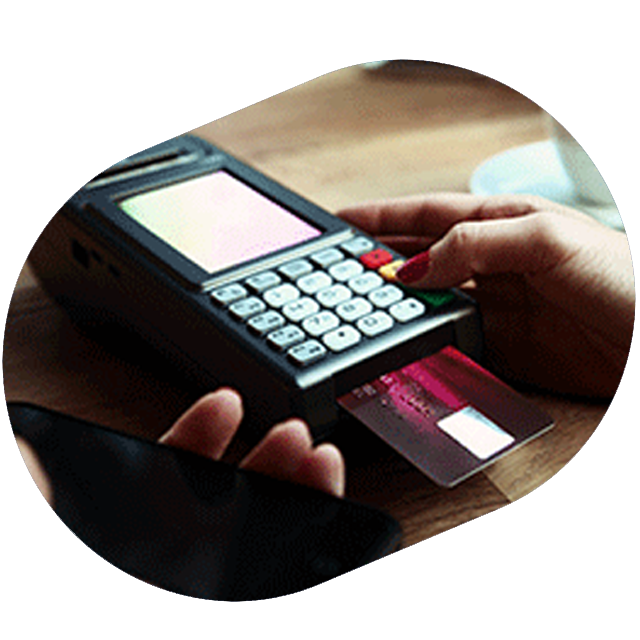How EMV Works

How EMV Works
Magnetic Stripes

EMV Chip Cards
With EMV chip cards, your information is better protected. The cardholder is most vulnerable to fraud after they dip the card. During this process an EMV cryptogram is created that keeps sensitive data away from cyber-thieves. Unlike magnetic stripe cards, EMV chip cards send data that changes with each transaction. EMV chip cards transmit a unique variable algorithm with each transaction. This makes the data more secure than the static data found on magnetic stripe cards. Even if a criminal manages to grab the number from the store, it’s mostly useless because it won’t work a second time. It also can’t be traced back to your real card number. The EMV chip has the same information as the magnetic stripe on the old card. However, it creates a unique code that gets reorganized with each purchase and takes into account numerous different variables. Furthermore, it’s not linked to a card member’s account.